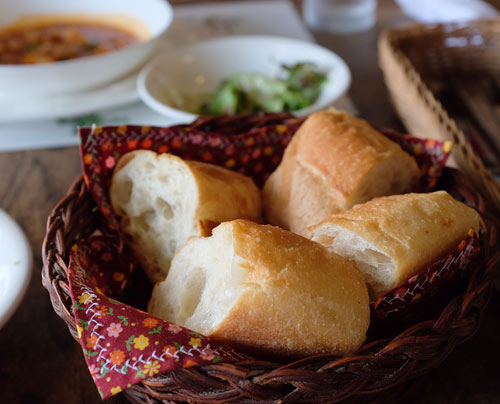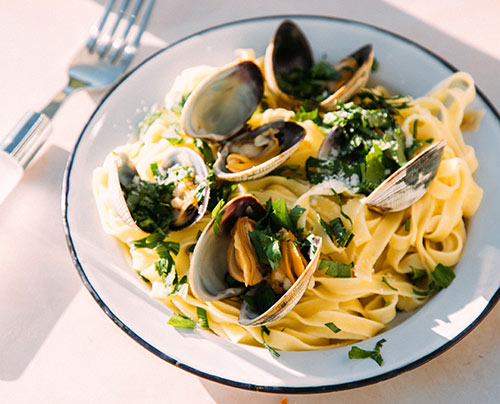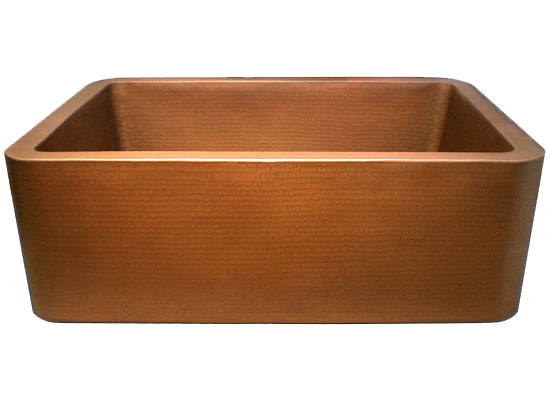Best practices around disposal use and care extend beyond the disposal itself to include food selection, processes and plumbing concerns. These are general guidelines which apply mostly to residential disposal operation but there are some parallels to commercial applications. Commercial units generally can handle a great deal more load and food types.
Power First
Turn disposal power on and start flow of water before placing food waste into the unit.
Use Cold Water
Use cold water when grinding food waste. You can use hot water once disposal power has been turned off.
Less is More
Grind a little at a time – don’t overfill. Always grind thoroughly, making sure to fully flush out the system for 5-10 seconds.
Use Regularly
Operate your disposal with cold water every few days, whether grinding food or not. This will help keep the components clean and reduce the likelihood of rust forming.
Keep it Clean
Run your disposal with 2-3 ice cubes every few weeks (you can also freeze vinegar in ice cube trays). Don't forget to clean the stopper... it's probably dirtier than you might think.
Avoid Chemicals
Avoid using harsh chemicals in your disposal. Grinding citrus peels such as lemons or oranges helps keeps things fresh, degreases naturally and cuts bacteria.
What foods are safe to put in my disposal?

Safe Disposal Items
- Breads, cooked vegetables, meats (no bones)
- Small amount of foods from plate leftovers. In general, this is what residential garbage disposals were designed for. Dinner leftovers from serving plates should be alright but larger quantities from cooking pans should be discarded.
- Eggs shells – if ground slowly under running water
- Citrus, banana and apple peels – grind a small amount at a time and be sure to remove all produce stickers
- Ice cubes, rock salt (often used for cleaning)

Items to Avoid
- Oil and greasy foods. Over time these can clog pipes. Discard what you can.
- Pasta, rice and oats. These foods can soak up water and expand in your pipes. Grind sparingly.
- Limit or avoid fibrous vegetables such as artichoke, celery, rhubarb, lettuce, kale, cornhusks, onion skins, asparagus, and other stringy vegetables. These items may get wrapped around disposal components.
- Limit or avoid potato skins. The issue here is a potential starchy clog in drainage lines near the disposal. If it's happened to you, you know what a mess it can be.
- Limit or avoid coffee grounds. A good idea is to throw the bulk of them into the trash before rinsing coffee maker parts.
- Raw poultry, including chicken skin. It’s hard to grind and bacteria may result in odor.
- Bones, fruit pits, stems, nut shells
- Seafood shells, including mussels, clams, oysters, and lobster
- Be sure you’re only grinding food waste. Don’t let household items like bags, towels, cigarette butts, plastic pieces, broken glass, jewelry, wood, rocks, silverware, tin foil and other non-food items find their way into your disposal.
Photos by Manek Singh and Kelsey Curtis on Unsplash


